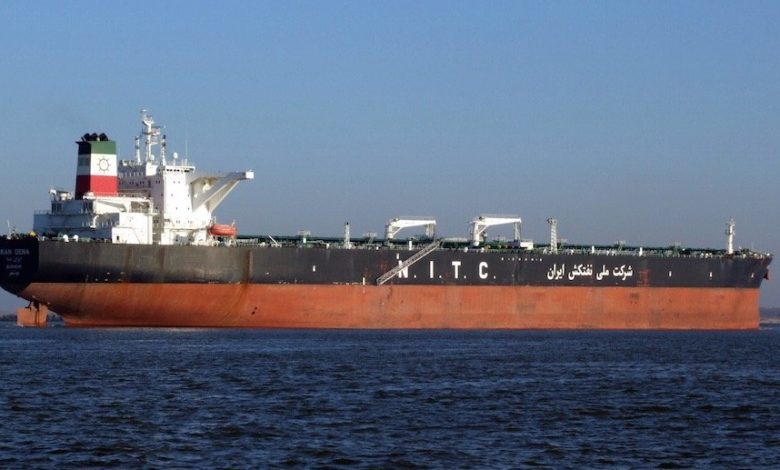
Washington’s targeting of Iranian tankers sparks memories of sanctions levied at COSCO in 2019
Washington’s decision to go after Iranian-linked VLCCs with sanctions has sparked memories of the great freight rate spike of Q4 2019 when supertanker spot rates leapt above $100,000 a day.
The US Treasury put sanctions on 17 companies and 23 vessels including many VLCCs last week, stating in a press release that Iran is using a shadow fleet to load and transport Iranian oil for sale to buyers in Asia. .
The decision to sanction ships comes at a time when Iran has managed to up its export volumes. Iran’s crude exports averaged 1.75m barrels per day during Q3, up from 1.45m barrels per day during the same period in 2023 and significantly above the 0.30m barrels per day exported throughout 2022.
“These latest sanctions could make it difficult to sustain the current elevated levels and could act as a deterrent for further illicit trading actions by market players,” Jefferies, an investment bank, noted in research note to clients this week.
In 2019 the US Treasury stepped up warnings against supporting Iranian exports and followed-up with sanctions on entities belonging to state-run COSCO, China’s largest shipowner. This affected 50 COSCO VLCCs, recounted analysts at Jefferies, which were immediately black-listed by charterers, sending VLCC rates from $40,000 a day to levels above $100,000 a day during the final months of 2019.
“While a similar sanctioning by the US of this magnitude is unlikely, these latest sanctions could affect Iran’s ability to maintain exports at current levels,” Jefferies suggested, adding: “Should Iran’s exports fall to the negligible levels seen during the 2019-2022 period, and those lost volumes made up by other producers, demand would jump by 40 VLCCs on an ongoing basis or roughly 5% of the trading fleet.”
Despite the wide-ranging restrictions announced last Friday by Washington, tanker experts at broker BRS predict they will have little impact on Iran’s ability to export its oil across the short term as the newly-sanctioned tankers have already flouted US sanctions for a significant period and are understood to operate outside the US and European banking and shipping services systems.
“All told, it appears that unless they are refused access to ports by port authorities or receivers, they will continue to ply their trade carrying Iranian oil and LPG,” BRS stated.
A 32-year-old LPG carrier that caught fire off Bangladesh over the weekend was found to be carrying sanctioned Iranian gas, according to investigations carried out by TankerTrackers.com.
China is Iran’s top trade partner, absorbing more than 95% of its oil exports, predominantly to Shandong province in the north of the People’s Republic, according to data from Vortexa, in a report issued last week looking at the escalating tensions between Iran and Israel, something that could also curtail Iranian shipments.
“If Iranian supplies are lost, Chinese refiners are expected to turn to the next available discounted barrels, with Russian crude being the most viable option. In turn, Saudi-led OPEC countries may fill the gap left by Russian crude for buyers outside China,” Vortexa advised.
Iran’s oil loadings plummeted nearly 70% in the first 10 days of October, according to TV channel Iran International, as Tehran’s tanker fleet dispersed in anticipation of potential Israeli strike